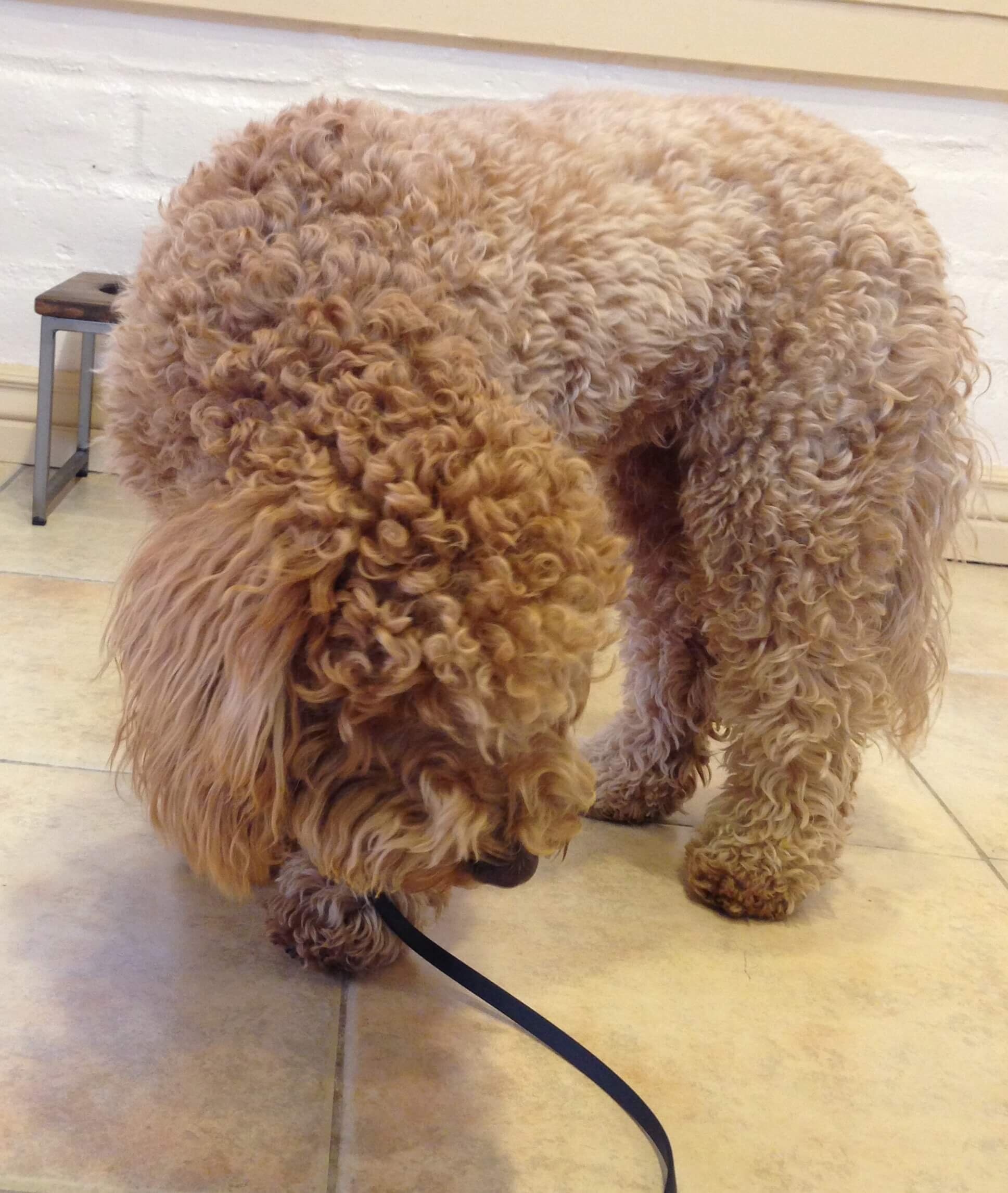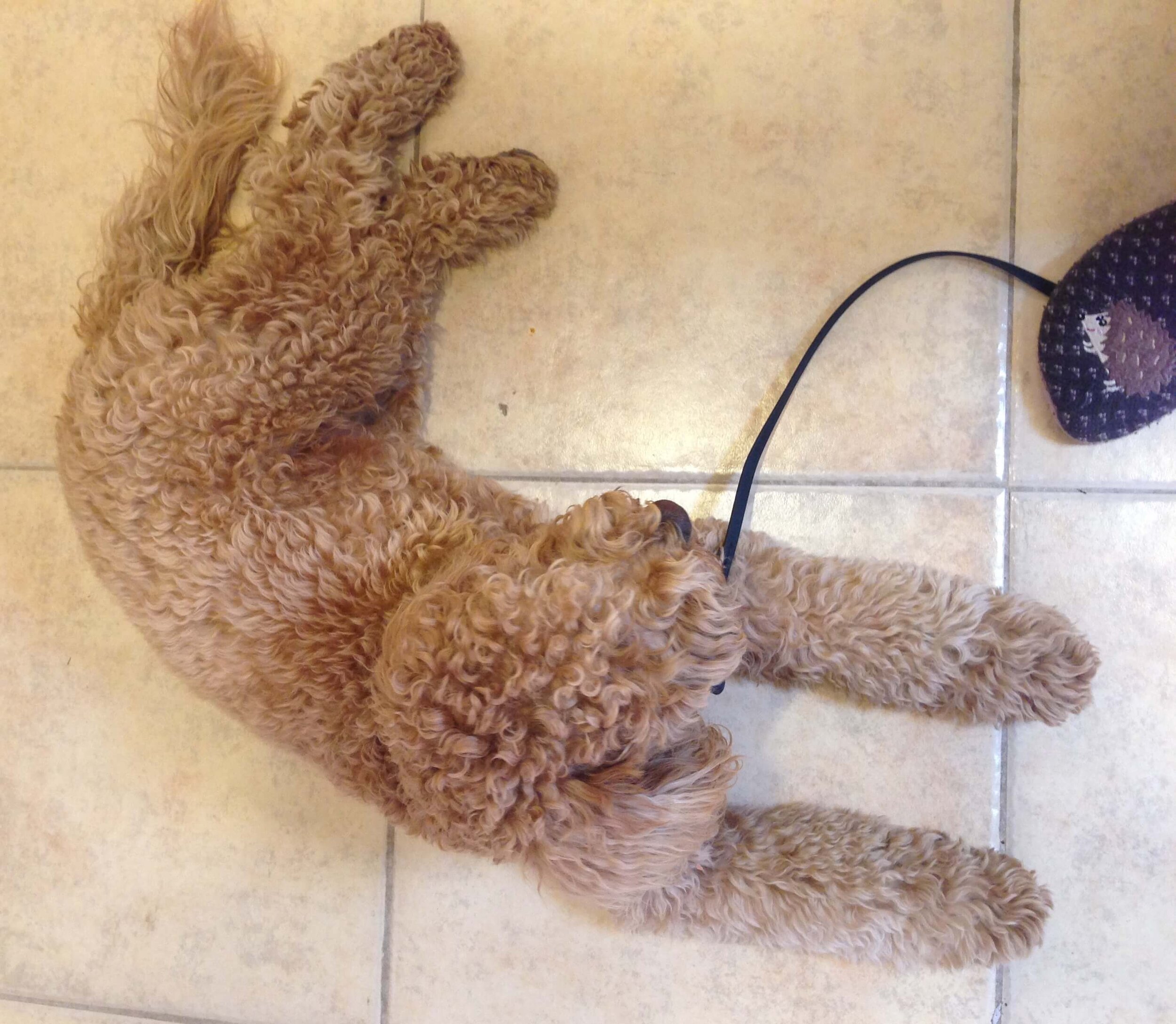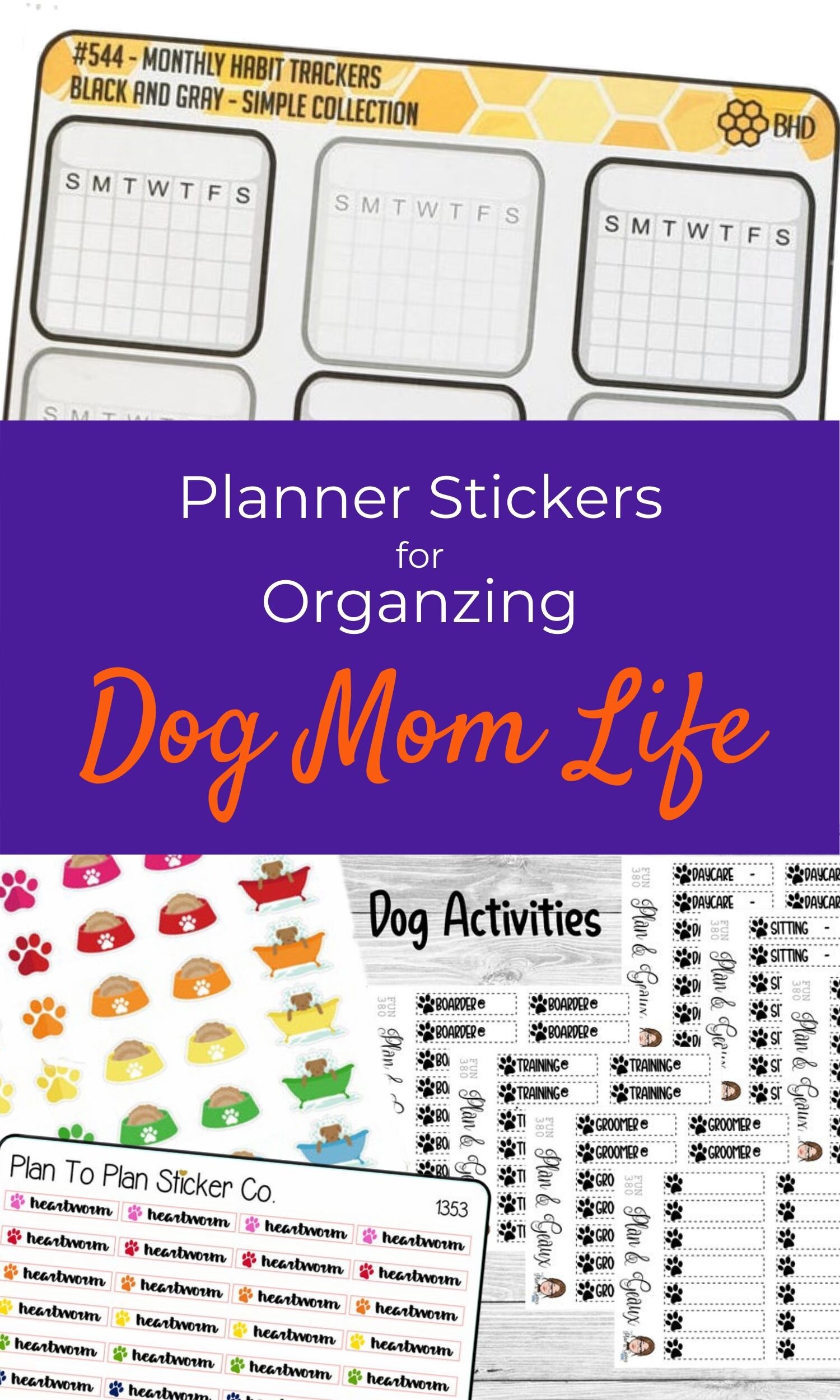Early Morning Dog Training: Trying the Behavioral Down Protocol
/Waking up one Sunday morning with a migraine pushed back all adventure plans with the pups. Looking over my "to do" list, and seeing my weekly reminder to practice the behavioral down exercise with the dogs prompted me to try some low-impact dog training to help my dogs reach a deeper state of relaxation.
After taking some medication, I put Bernie in the bedroom with Matthew, so they could have some quality snuggles, and I prepared to try the behavioral down dog training protocol from Training Between the Ears (TBTE) with Mark McCabe with our Lizzie.
Lizzie is all smiles to have some one-on-one time with me...
This post may contain affiliate links, which means at no additional cost to you, I may earn a small commission if you click through and purchase something. Please see my Affiliate Link Disclosure policy for more details.
My mistake #1 — The target behavior I should have been looking for was unclear to me
2020 Update: For complete instructions on the behavioral down, please go to Mark McCabe’s article A simple doorway to the amazing benefits of relaxation in dogs — the behavioral down where you will find a downloadable document that explains step-by-step how to perform this relaxation exercise with your dog.
While I had tried this dog training exercise with Bernie outlined in Trying a Behavioral Down: Building Pup Confidence?, I still felt like I was kind of faking my way through this exercise. I kept wondering “What exactly does a relaxed state look like for my dog?” Trying to figure out if Lizzie was just calm or truly relaxed proved difficult for me.
While Crystal Blaker, our local dog trainer who has attended several TBTE seminars, had explained this dog training protocol to me numerous times, I didn’t know what “target behavior” looked like for either of my dogs until I really saw it.
Thankfully, Crystal and I have had several conversations where I’ve shared with her any number of my “aha!” moments in training Bernie and Lizzie.
I always tell her how I know she has told me the exact same thing over and over, but it was with X wording, or under Y circumstances or with this Z combo moment that it finally clicked for me. I’m incredibly grateful that the dog trainers I know truly want to help dogs, so they’re willing to repeat, and repeat, and repeat, the same instructions to us humans as many times as necessary.
What does target behavior look like for a behavioral down?
According to the behavioral down overview and instructions from Mark McCabe, “Target behavior is complete relaxation which is identified by the dog not only being down but in complete contact with the ground from its nose to its tail, its muscles and breathing being in a relaxed state, and visually disengaged from the environment. Its eyes (or ears) should not follow things in the environment.”
Needless to say, though, when I tried this behavioral down with Lizzie for the first time, target behavior was still quite the mystery to me.
Getting started with the behavioral down
After removing numerous distractions, I clipped my biothane leash to Lizzie’s collar and started the timer for the behavioral down dog training exercise.
I use the 15-foot Signtaure K9 Biothane Long Line I bought on Amazon years ago for several different dog training exercises. Our trainer recommended this particular material for behavioral downs because it's not too thick so it does not feel funny when you step on it. Just remember to wear shoes with good treads. You don't want the leash slipping loose.
Within the first two to three minutes of beginning the behavioral down exercise, Lizzie tried twice to jump onto the couch. Both times she failed, so by minute five, she relaxed into a comfortable down.
And here’s where my misunderstanding of target behavior drastically affected the effectiveness of this exercise. Take a look at the picture below. I thought that was target behavior. Lizzie smiling at me. Where’s a face palm emoji?
While she looks pretty comfortable in that down position, I now know that she was not in the relaxed state that TBTE dog trainers refer to as the target behavior. She was still looking at me, alert to her environment, and wondering why the heck I was standing on her leash. And foolish me was engaging with her as I took pictures, which is a huge no-no! I’m supposed to be completely ignoring her.
My mistake #2 — Making the behavioral down too easy
I thought Lizzie would have a difficult time with the behavioral down, so I removed as many distractions as I could, and prepared for 60-90 minutes of her potentially moving around quite a bit.
Instead of displaying “Jack-in-the-box” behavior, though, she really would just lie down and stare at me. She was moving a bit more whenever I would take pictures. (Oh the curse of being the dog of a blogger. Lizzie’s grown up smiling for the camera.)
After I snapped a few more pictures, she got up to readjust her down position. As she was settling in for the second time, she saw Bernie's shadow under the door. She spent a minute or so staring at the bedroom door, but ultimately she decided to just relax and put her chin on the floor too.
She stayed down for about two minutes.
That photo of Lizzie with her chin on the floor is closer to target behavior. At the time, I mistook that second settling down as target behavior for the second cycle needed for a behavioral down. I can assure you that her eyes would still have been tracking any slight movement I may have made.
Recognizing my limited understanding of the behavioral down
Since Lizzie had technically gotten up in the living room and then immediately went back into a more comfortable down, I wasn't sure if that would count as the two downs required for this exercise. In that moment I also started to realize that the living room seemed like an easy environment since the pups relax there all the time with me and Matthew.
I decided to change up our location, so we moved into the kitchen.
Now here’s the thing. Starting the behavioral down in such an easy environment would have been fine, if I had a better understanding of what target behavior I was looking for. Making a new dog training exercise easier for Lizzie wouldn’t cause any harm. It would just teach me more about her grade school level.
Read What do grade schools and mountains have to do with dog training? over at the TBTE website where Mark McCabe explains the grade school model and how setting your dog up for overwhelming success with training helps you solve your dog’s problem.
But on this particular Sunday, I decided that changing locations might help me identify the target behavior I was looking for more clearly.
Lizzie spent a minute sniffing the floor, probably detecting lingering breakfast smells.
Mistake #3 — Not knowing what to do next
After her mini-sniffing spree, Lizzie settled into a down that looked pretty relaxed. Twice she looked up at me, and a few times she looked around the kitchen. However, for most of the next two minutes or so, she just rested her chin between her front paws and waited to see what would happen next.
We spent a total of 12 minutes running through the behavioral down exercise in both the living room and kitchen.
Can I get another face palm emoji?
None of the behaviors from this particular Sunday exercise back in 2018 were target behaviors for a behavioral down. At the time, I thought that maybe Lizzie was sensing my migraine and relaxing quicker. I thought I might try a behavioral down the next time Lizzie got the zoomies to see if the results might look different.
Expanding my own dog knowledge
Since Matthew and I trust our dog trainer Crystal Blaker implicitly with both of our dogs, we decided that I should attend the Level 1 TBTE seminar: Resolving Conflict in Human-Canine Relationships. In October 2019, I spent three days learning about the behavioral down, the relaxation triad, and several other TBTE exercises.
Using the relaxation triad, which includes the behavioral down, has definitely improved life for both of our dogs. They are less anxious in numerous situations. Bernie licks his paw less and less. While Lizzie is still a velcro pup, she’s more comfortable being left alone. Brushing both of them has also become easier over time as we use the relaxation triad and another TBTE technique called Name & Explain Body Parts.
Want to expand YOUR dog knowledge?
If you’re interested in learning the Training Between the Ears techniques, the team over at TBTE has put together an online course that includes just over 19 hours of video presentations where Mark McCabe walks you through the program and demonstrates the techniques for you to watch as many times as you like. When you buy their course, you receive lifetime access and membership in the active support group!
Check out the Course Curriculum for Level 1: Resolving Conflict in Human-Canine Relationships offered by TBTE on Kajabi.



































